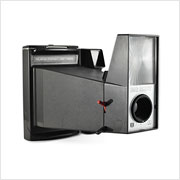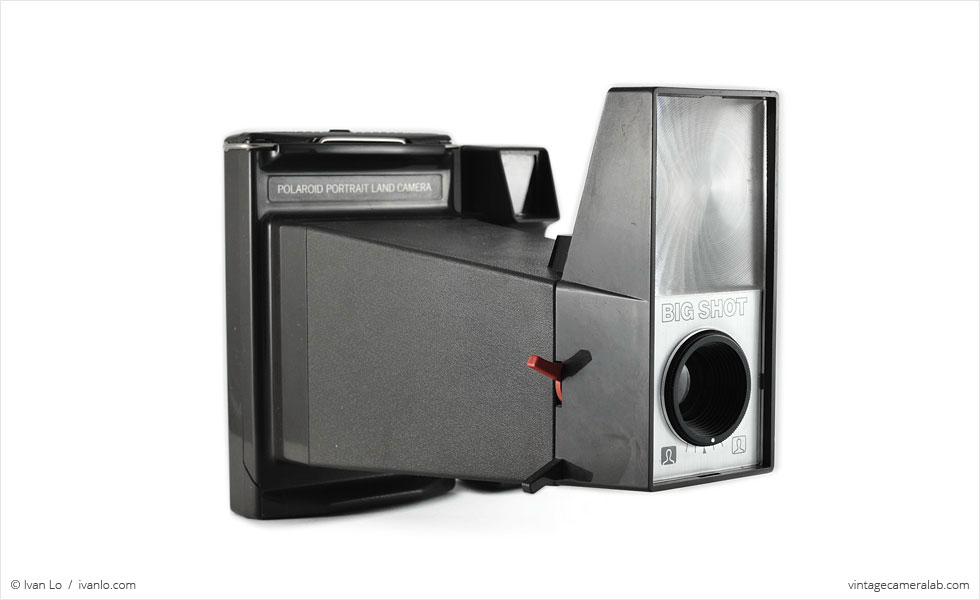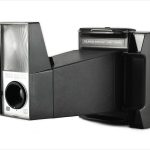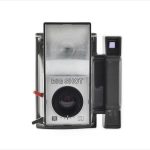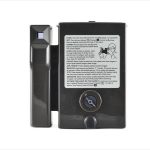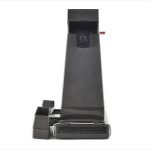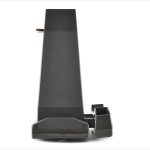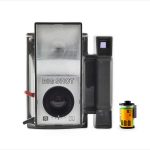Polaroid Big Shot Specifications
| Manufacturer: | Polaroid Corporation |
| Origin: | USA |
| Made in: | Cambridge, MA, USA |
| Introduced: | 1971 |
| Type: | Rangefinder |
| Format: | Instant Film (Polaroid Type 100) |
| Dimensions: | 15.7 x 17.3 x 26.5 cm |
Polaroid Big Shot Overview
The Polaroid Big Shot is an unusual portrait camera made by Polaroid in the early ’70s that is popular among photographers and collectors for its eccentric shape and singular purpose. American artist Andy Warhol was particularly fond of the ungainly Big Shot and used it for much of the portraiture that inspired his iconic paintings, drawings, and prints.
As simple as it is awkward, the Big Shot has a large, rigid body and virtually no moving parts to speak of. At the end of the snout is a primitive 220mm f/29 plastic meniscus lens with a rudimentary exposure compensation dial. The lens introduces two major limitations: the small, fixed aperture necessitates use of a flash cube and the fixed focus means that if you want a sharp photo, you have to move backward or forward while looking through the rangefinder window until things line up, an ungraceful procedure known among users as “the Big Shot Shuffle.” Once you get past all that, the shutter can be fired by make a pinching motion with the red shutter lever and the gray plastic tab underneath it; releasing the shutter lever will then rotate the Magicube 90 degrees for the next shot. Once you take the photo and pull the film out from the top, you can use the handy built-in 60 second timer on the back to count down the development time.
To be honest, I never had much interest in owning a Big Shot; I’ve had plenty of opportunities to buy this unusual and historic camera but have always passed on it citing its colossal size and stubborn impracticality. Then one day I was out in the suburbs perusing a collection of vintage cameras put up for sale by a very nice lady when I spotted the Big Shot in the pile. I ended up getting a fantastic deal on a small lot of cameras and decided on a whim to nab the Polaroid while I was at it. Overall, I’m happy with my purchase as it only cost me a few bucks and is in pretty good shape with the exception of the rubber T-shaped handle on the bottom—which is meant to be used to hold the camera steady while extracting the film—having snapped off at some point.
Find your very own Polaroid Big Shot on eBay.
McKeown, James M. and Joan C. McKeown’s Price Guide to Antique and Classic Cameras, 2001-2002. (Grantsburg, WI, USA: Centennial Photo Service, 2001), p 546.
